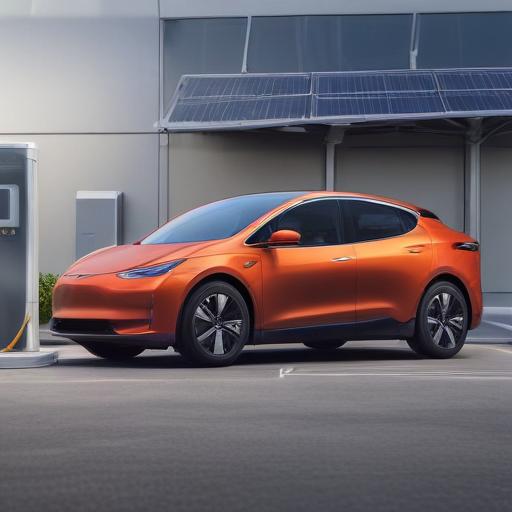Rivian has released its latest shareholder letter detailing its progress and financial results for Q2 2025. While the report indicates that Rivian has faced challenges, it also highlights several notable achievements and strategic movements aimed at bolstering its future.
The quarter was marked by a significant equity investment of $1 billion from Volkswagen Group, contributing to a larger joint venture agreement of $5.8 billion between the two companies. This strong financial support underscores the confidence larger automakers have in Rivian’s potential.
Rivian’s production numbers in Q2 saw a decline, with only 5,979 electric vehicles produced compared to 14,611 in the previous quarter. However, deliveries increased from 8,640 in Q1 to 10,661 in Q2. The decrease in production was attributed to various supply chain issues exacerbated by shifting trade policies. Despite this, Rivian has maintained its delivery guidance for 2025, anticipating a peak in deliveries in Q3 2025.
In terms of revenue, Rivian experienced growth both quarter-over-quarter and year-over-year but noted that rising costs affected its gross profits, which remained steady. Adjusted EBITDA losses have been updated to a forecast of $2 billion to $2.25 billion.
Looking forward, Rivian is heavily focusing on the upcoming R2 model and has nearly completed an expansion of its plant in Normal, Illinois. This expansion is crucial as it will support the anticipated R2 production line, set to launch in Q3 2025. Rivian’s strategy includes a temporary shutdown of existing production to transition to the new setup, which is expected to boost manufacturing capacity to approximately 215,000 units per year.
In light of these developments, Rivian’s CEO RJ Scaringe expressed optimism about the R2 model’s launch and its potential advantages in achieving positive gross profits more quickly than the R1 series.
Rivian plans to host a webcast to further discuss these results and updates, indicating its commitment to transparency with stakeholders. The automaker’s proactive steps in expanding its production capabilities and securing significant investments reflect a forward-looking strategy that could resonate positively in the electric vehicle market.
